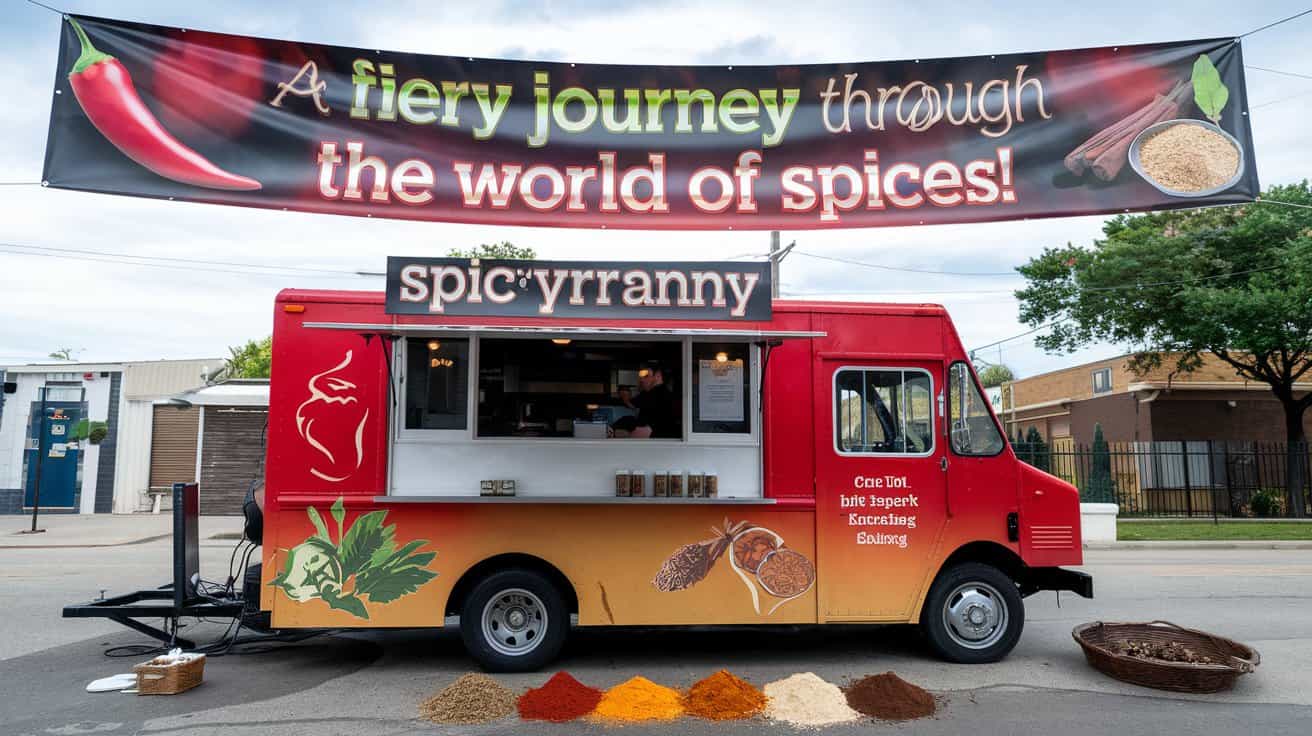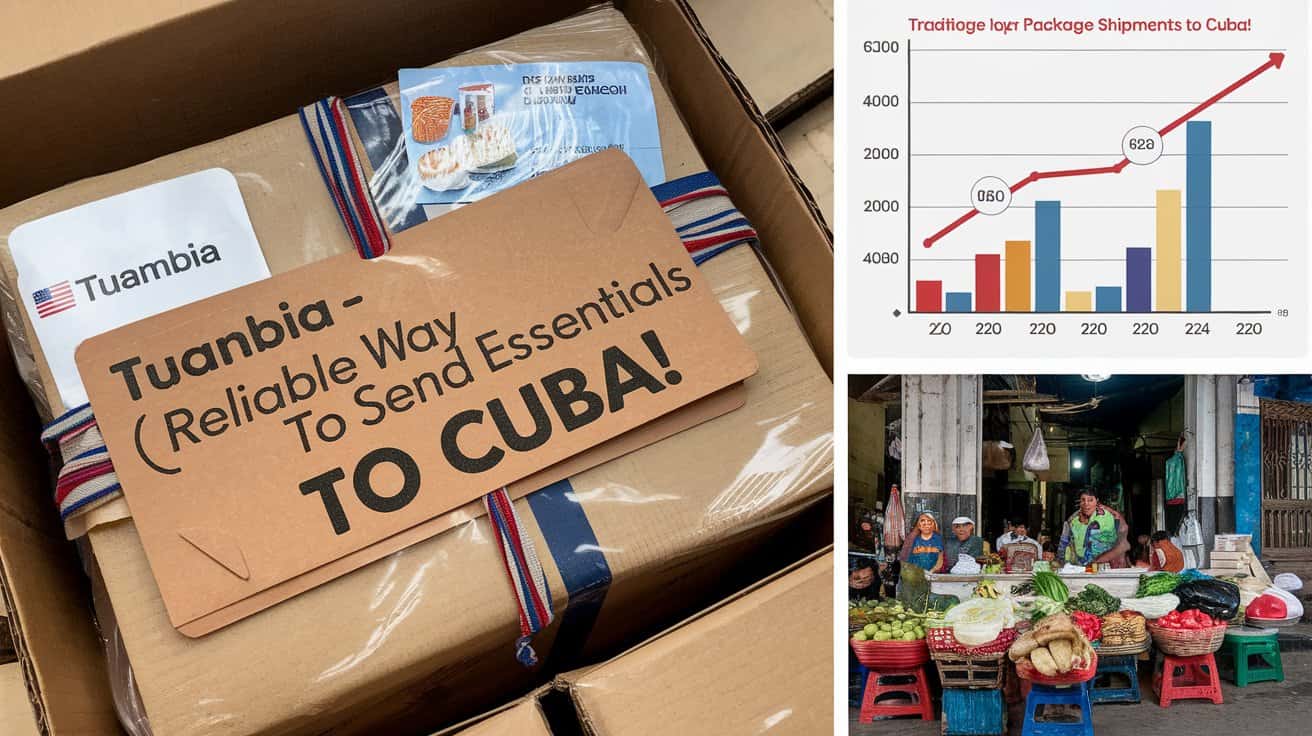In the vast and colorful world of culinary delights, few elements hold as much power and allure as spices. Among these, a fascinating concept has emerged, captivating the taste buds and imaginations of food enthusiasts across the United States.
This concept is known as “spicyrranny,” a term that has taken the culinary world by storm, offering a unique perspective on the art of spicing up our lives – quite literally.
What Is Spicyrranny – Detailed Answer Here!
Derived from the Latin word meaning “little brush,” spicyrranny has evolved into a comprehensive approach to understanding and appreciating the nuanced world of spices. It’s not just about heat or intensity; rather, it’s an exploration of the entire spectrum of flavors that spices can bring to our plates and palates.
From the gentle warmth of cinnamon to the smoky depths of paprika, and yes, even to the fiery punch of chili peppers, spicyrranny encompasses it all.In this extensive guide, we’ll delve deep into the world of spicyrranny, uncovering its origins, exploring its various facets, and discovering how it’s reshaping the way Americans approach cooking and eating.
Whether you’re a seasoned chef or a curious food lover, this journey through the realm of spicyrranny promises to ignite your culinary passions and expand your gastronomic horizons.
The Origins And Evolution Of Spicyrranny — Brief Note!
Ancient Roots: From Latin to Modern Kitchens
The concept of spicyrranny, while seemingly modern, has roots that stretch back to ancient times. The Latin word from which it originates – “spicyrranny” – literally translates to “little brush.” This etymology provides fascinating insight into how our ancestors viewed spices: as small, potent tools capable of painting flavor onto the canvas of their cuisine.
As civilizations evolved, so did their relationship with spices. Trade routes like the famous Silk Road became conduits not just for goods, but for the exchange of culinary knowledge and practices. Spices, once rare and precious commodities, began to play increasingly significant roles in cuisines around the world.
The Modern Spicyrranny Movement
In recent years, particularly in the United States, there has been a resurgence of interest in spices and their applications. This renewed fascination has given birth to the modern concept of spicyrranny. No longer just about adding heat or flavor, spicyrranny has become a holistic approach to understanding and utilizing spices in cooking.
The movement emphasizes not only the flavors that spices impart but also their cultural significance, health benefits, and the artistry involved in their use. It’s about creating a harmony of tastes, balancing different spice profiles to create dishes that are greater than the sum of their parts.
Recent Post: Kerîg – The Hidden Gem of Cultural Identity and Tradition!
Understanding The Spectrum Of Spicyrranny – Detailed Answer Here!
The Mild Side: Aromatic and Warming Spices
At one end of the spicyrranny spectrum, we find spices that are more about aroma and subtle warmth than heat. These include:
- Cinnamon: With its sweet and woody flavor, cinnamon adds depth to both sweet and savory dishes.
- Nutmeg: This warm, slightly sweet spice is perfect for adding complexity to creamy sauces and baked goods.
- Cardamom: With its unique, slightly citrusy flavor, cardamom is a staple in many Middle Eastern and Indian dishes.
These spices form the foundation of many comfort foods and are often associated with feelings of warmth and nostalgia.
The Middle Ground: Earthy and Savory Spices
Moving along the spectrum, we encounter spices that add depth and savoriness to dishes:
- Cumin: With its earthy, slightly nutty flavor, cumin is a staple in many cuisines around the world.
- Paprika: Ranging from sweet to hot, paprika adds both color and flavor to dishes.
- Turmeric: Known for its bright yellow color and earthy flavor, turmeric is also prized for its potential health benefits.
These spices are versatile, often forming the backbone of complex spice blends and rubs.
The Fiery End: Heat-Packing Spices
At the most intense end of the spicyrranny spectrum, we find the heat-bringers:
- Cayenne Pepper: This potent spice adds a sharp, intense heat to dishes.
- Habanero: One of the hottest commonly used peppers, habaneros bring both heat and a unique fruity flavor.
- Ghost Pepper: For the true heat seekers, ghost peppers represent one of the pinnacles of spicy intensity.
These spices are used not just for their heat, but for the complex flavors they can impart when used judiciously.
The Art And Science Of Spicyrranny – Let’s Learn!
Balancing Act: Creating Harmony in Spice Blends
One of the key principles of spicyrranny is understanding how to balance different spices to create harmonious flavor profiles. This involves considering not just the intensity of each spice, but how their flavors interact and evolve on the palate.
For example, a well-crafted curry powder might combine the earthiness of cumin, the warmth of cinnamon, the heat of chili, and the brightness of turmeric. Each spice plays a role, contributing to a complex and layered flavor experience.
The Chemistry Behind the Heat:
Understanding the science behind spiciness adds another layer to the practice of spicyrranny. The compound responsible for the heat in most spicy foods is capsaicin. This chemical binds to pain receptors in our mouths, creating the sensation of heat.
Interestingly, different peppers contain different types and amounts of capsaicinoids, leading to varying heat profiles. For instance, habaneros have a quick, sharp heat, while ghost peppers have a slower-building, longer-lasting burn.
Extraction and Infusion Techniques:
Advanced practitioners of spicyrranny often explore different methods of extracting and infusing spice flavors. This might involve:
- Dry roasting spices to release their oils before grinding
- Infusing oils with spices for a more subtle flavor distribution
- Creating spice pastes by blending fresh and dried spices
These techniques allow for greater control over how spice flavors are incorporated into dishes.
Spicyrranny In American Cuisine – Take A Look!
The Evolution of Spice Tolerance in the U.S.
Historically, American cuisine was not known for its bold use of spices. However, the landscape has changed dramatically in recent decades. Factors contributing to this shift include:
- Increased exposure to global cuisines through travel and immigration
- The rise of food media, showcasing diverse culinary traditions
- A growing interest in authentic ethnic foods
Regional Spice Traditions in America
While spicyrranny is a relatively new concept, different regions of the United States have long-standing spice traditions:
- The Southwest: Influenced by Mexican cuisine, with a focus on chili peppers and cumin
- Cajun and Creole Cuisine: Featuring bold spice blends with paprika, cayenne, and herbs
- BBQ Traditions: Varying by region, but often incorporating complex spice rubs
These regional traditions are now being reexamined and celebrated through the lens of spicyrranny.
Fusion and Innovation: Spicyrranny in Modern American Cooking
Today’s chefs and home cooks are pushing the boundaries of traditional American cuisine by incorporating principles of spicyrranny. This has led to exciting fusion dishes and new takes on classics. For example:
- Spicy maple glazes for traditional American barbecue
- Curry-spiced pumpkin pies
- Chipotle-infused chocolate desserts
These innovations demonstrate how spicyrranny is not about abandoning culinary traditions, but about enhancing and evolving them.
Health And Wellness Aspects Of Spicyrranny – Learn More!
Nutritional Benefits of Spices:
Many spices central to the concept of spicyrranny offer significant health benefits:
- Turmeric: Known for its anti-inflammatory properties
- Cinnamon: May help regulate blood sugar levels
- Cayenne: Could boost metabolism and aid digestion
Incorporating a variety of spices into one’s diet can be a flavorful way to support overall health.
Spicyrranny and Mental Health:
The practice of spicyrranny can have positive effects on mental well-being:
- Mindful Cooking: The process of selecting and combining spices can be meditative
- Mood Enhancement: Certain spices, like saffron, have been linked to improved mood
- Social Connection: Sharing spicy foods can be a social experience, fostering connections
Cautions and Considerations:
While spicyrranny celebrates the use of spices, it’s important to approach it mindfully:
- Allergies and Sensitivities: Some individuals may be allergic to certain spices
- Digestive Issues: Very spicy foods can exacerbate conditions like acid reflux
- Medication Interactions: Some spices can interact with certain medications
As with any dietary change, it’s wise to consult with a healthcare provider when significantly increasing spice intake.
Spicyrranny In The Kitchen – Practical Applications!
Essential Spices for the Spicyrranny Enthusiast:
Building a well-stocked spice cabinet is crucial for those looking to explore spicyrranny. Some essential spices to include:
- Black Pepper
- Cumin
- Paprika
- Cinnamon
- Turmeric
- Chili Powder
- Ginger
- Garlic Powder
- Cardamom
- Coriander
Having these on hand allows for experimentation with a wide range of flavor profiles.
Techniques for Maximizing Spice Flavors:
To get the most out of your spices:
- Store Properly: Keep spices in airtight containers away from heat and light
- Grind Fresh: Whole spices retain flavor longer; grind as needed
- Toast Before Using: Dry toasting spices can enhance their flavors
- Layer Flavors: Add spices at different stages of cooking for depth
Creating Your Own Spice Blends
One of the joys of spicyrranny is creating personalized spice blends. Some popular blends to try:
- Garam Masala: A warm Indian spice blend
- Dukkah: An Egyptian nut and spice mixture
- Berbere: An Ethiopian spice blend with a kick
- Za’atar: A Middle Eastern herb and spice mix
Experimenting with these blends can open up new worlds of flavor in your cooking.
What Is The Cultural Impact Of Spicyrrany?
Spicyrranny in Pop Culture
The concept of spicyrranny has begun to permeate popular culture:
- Food TV Shows: Competitive cooking shows often feature spice challenges
- Social Media: “Spice challenges” have become popular on platforms like TikTok
- Restaurant Trends: Many establishments now offer “heat scales” for dishes
Spicyrranny and Cultural Exchange
The exploration of spices often leads to a deeper understanding of different cultures:
- Learning about traditional uses of spices in various cuisines
- Understanding the historical significance of spice trade
- Appreciating the role of spices in cultural traditions and ceremonies
Economic Impact of the Spicyrranny Trend
The growing interest in spicyrranny has had economic implications:
- Increased demand for a wider variety of spices
- Growth in specialty spice shops and online retailers
- Rise of spice-focused cookbooks and cooking classes
Conclusion:
Spicyrranny is more than just a culinary trend; it’s a gateway to a richer, more flavorful way of experiencing food and culture. By embracing the principles of spicyrranny – understanding the spectrum of spices, balancing flavors, and exploring cultural traditions – we open ourselves up to a world of culinary possibilities.
FAQs
What Exactly Is Spicyrranny?
Spicyrranny is a comprehensive approach to understanding and appreciating the world of spices. It encompasses everything from mild, aromatic spices to intensely hot peppers, focusing on how these flavors can be balanced and combined in cooking.
Is Spicyrranny Only About Hot And Spicy Foods?
No, spicyrranny is not solely about heat or spiciness. While it does include hot spices, it also covers a wide range of flavors from mild and aromatic (like cinnamon or nutmeg) to savory and earthy (like cumin or paprika). The concept is about understanding and appreciating the full spectrum of spice flavors and how they can be used in cooking.
How Can I Start Incorporating Spicyrranny Principles Into My Cooking?
Start by expanding your spice cabinet with a variety of spices, both familiar and new to you. Experiment with toasting whole spices before grinding them, and try creating your own spice blends. Begin by adding small amounts of new spices to familiar dishes, and gradually increase as you become more comfortable with their flavors.
Are There Any Health Benefits Associated With Spicyrranny?
Many spices used in spicyrranny have potential health benefits. For example, turmeric is known for its anti-inflammatory properties, cinnamon may help regulate blood sugar, and capsaicin (found in chili peppers) could boost metabolism.
Can Spicyrranny Principles Be Applied To Desserts And Sweet Dishes?
Spicyrranny isn’t limited to savory cooking. Many spices traditionally used in savory dishes can add interesting dimensions to desserts. For example, cardamom in ice cream, chili in chocolate, or cinnamon in apple pie. The key is to balance the spices so they complement rather than overpower the sweet flavors.




